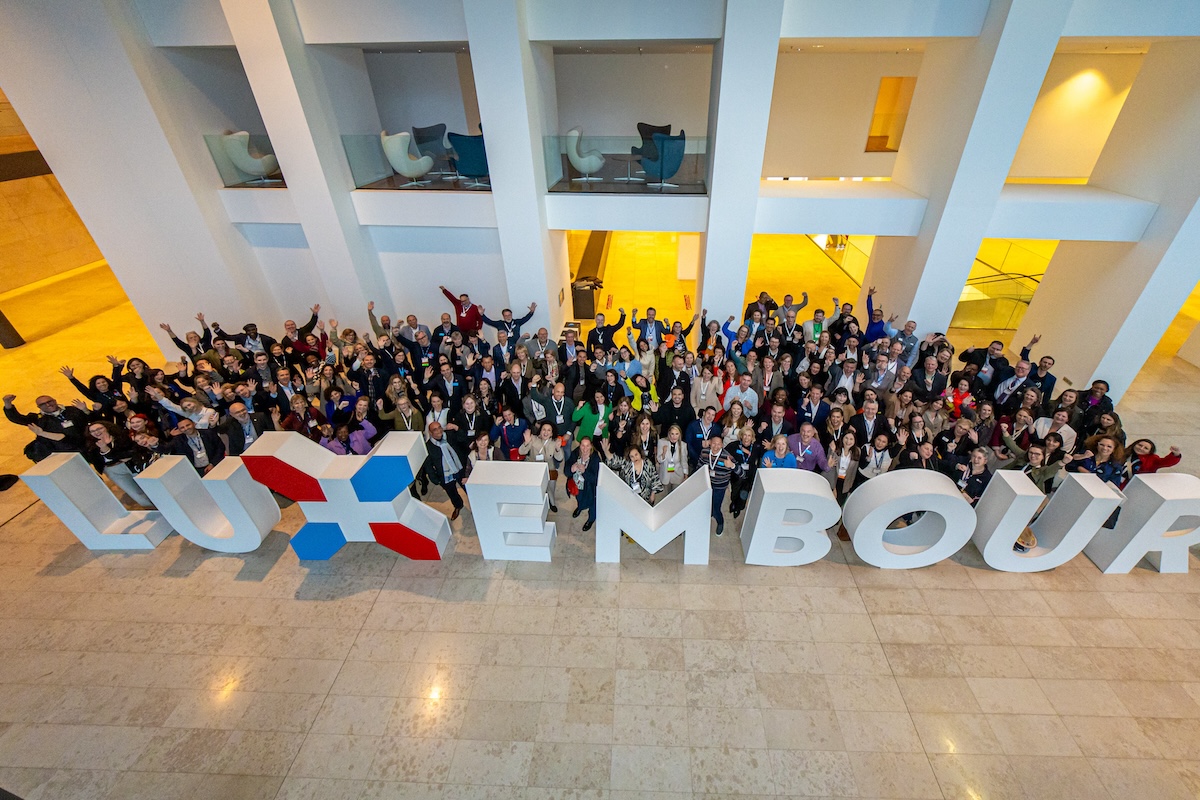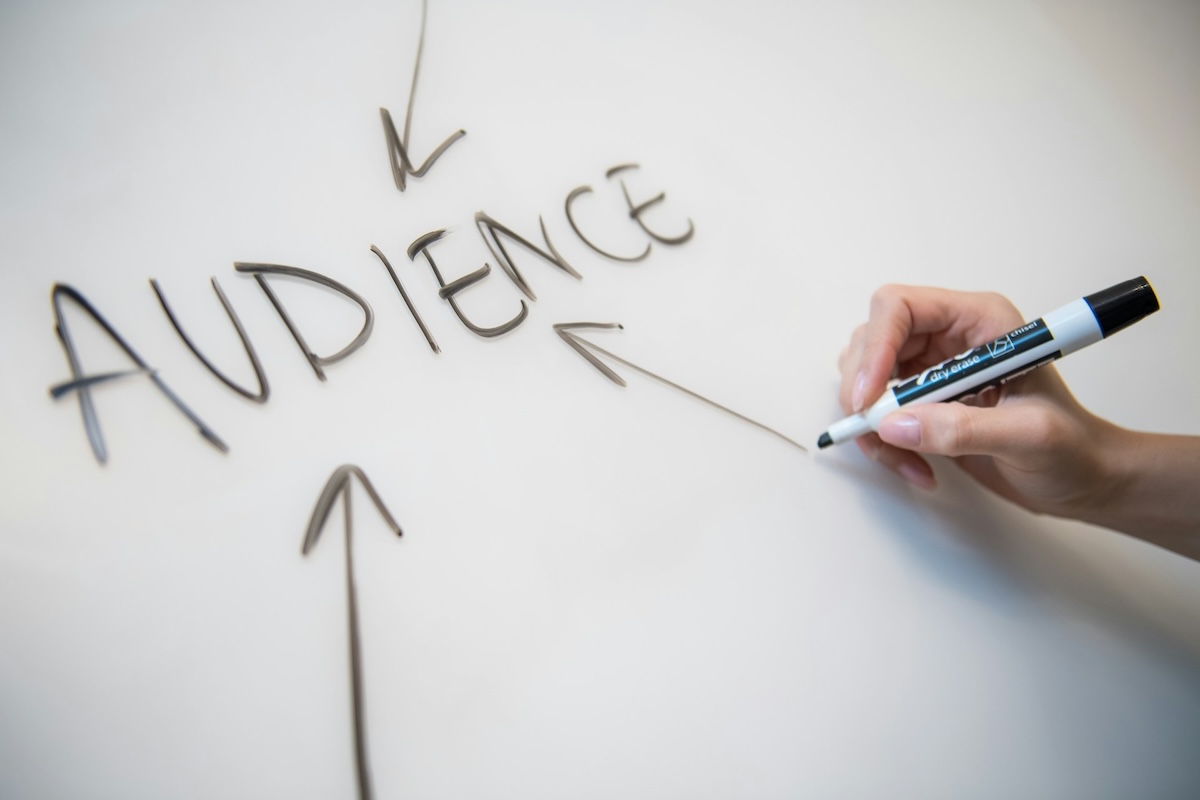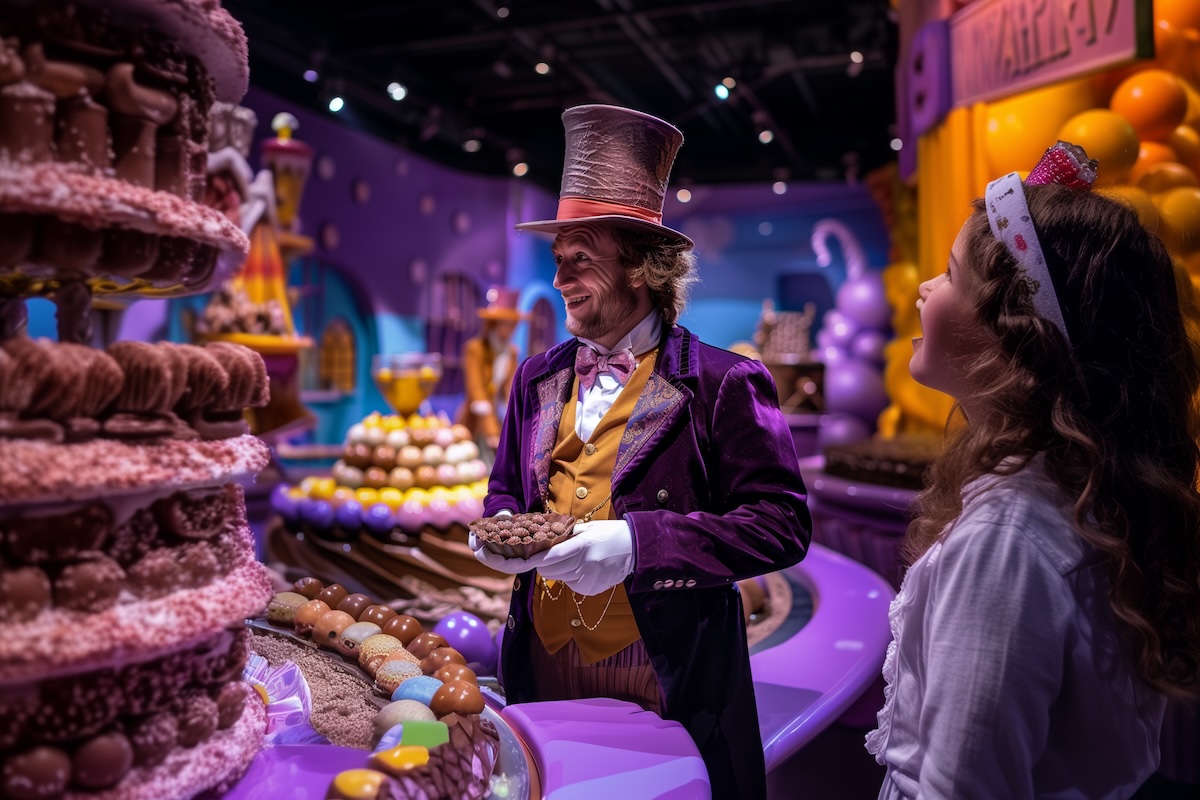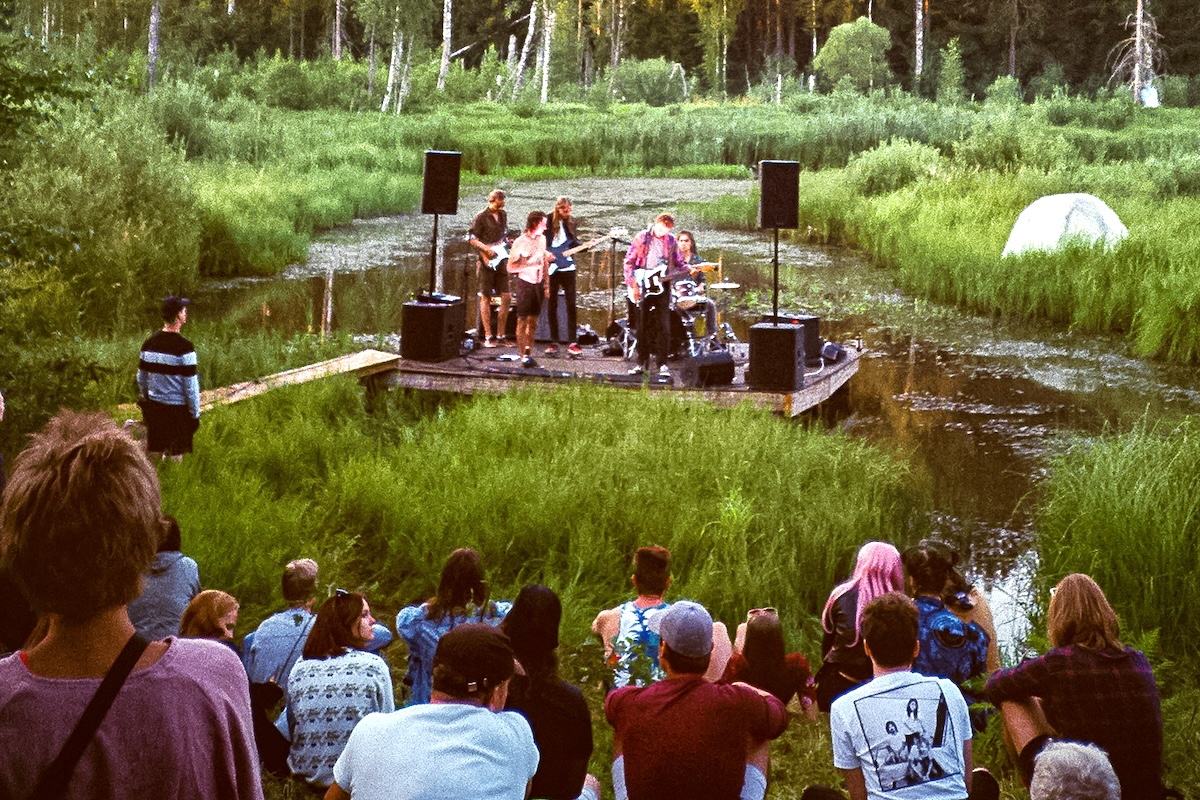Skift Take
Most panels are a waste of time. A shame, as they can be highly productive when planned with intent.
Two-thirds of meeting attendees do not like panel discussions, yet 95 percent of conferences and conventions include them. We’ve all had to sit through painfully dull panels with nothing valuable to share.
A recent panel was such a waste of time Rafat Ali, the founder and CEO of Skift, posted that very sentiment on LinkedIn, unleashing a firestorm.
“I realize the utter futility of four to five industry people, sometimes even more, in a panel of 30 to 45 minutes, ostensibly to discuss a common topic. The moderator, usually a TV anchor or even worse, a retired or wannabe TV anchor, ends up just projecting themselves rather than really trying to get anything meaningful out of this random collection of people,” Ali wrote.
The only way a panel can work, says Ali, is if they are small. Two to three people. One micro-topic should be the focus. As well as opposing points of view. Build in debate or tension.
It’s hard to include all viewpoints in a larger one. Often, panelists just sit there on stage waiting for a chance to contribute to the conversation.
Lazy Way Out
“People do not have high expectations for panels for good reason. It’s a lazy format. Get a moderator, some panelists, and you’re done,” says Kristin Arnold, a meeting facilitator who moderates panels and is on a crusade to make panels livelier and more informative.
When done with intention, Arnold said they can be riveting. Prep is critical, she says, as is guest and moderator selection.
Differing perspectives work best. “A dialogue, a conversation, versus a bunch of presentations, with a couple of questions at the end,” Arnold says. “People’s attention spaces are shorter than ever. Give them something spontaneous, spur of the moment, that they can’t get on Google or YouTube that they will be talking about.”
She thinks about the panels she moderates as a TV show with commercial breaks. “Every six to eight minutes, I am shifting gears. Shifting the pace. Reframing. Throwing in some activity,” she says.
Skip the intros and get right into the conversation, she adds. Include bios on a slide or in the app.
Structure Matters
Teymoor Nabili, a journalist, news anchor, communications specialist, and someone who has moderated many panels, agrees with the importance of structure.
He offers the following guidelines:
– The topic must be focused and relevant, preferably chosen by an expert in the topic area.
– The headline must be provocative, preferably asking an important question.
– The panel should consist of two, a maximum of three people.
– Ideally, the panelists should be from different industries/disciplines but be able to examine the topic question in the context of their own work.
– The panelists and moderator need to get on a call before the event and get familiar with each other and the desired topic flow.
– Most importantly, a panel is not for marketing or public relations.
“In short, unless everyone on the panel is committed to engaging with the issue rather than simply being a company spokesperson, then everyone’s time is wasted,” said Nabili.





